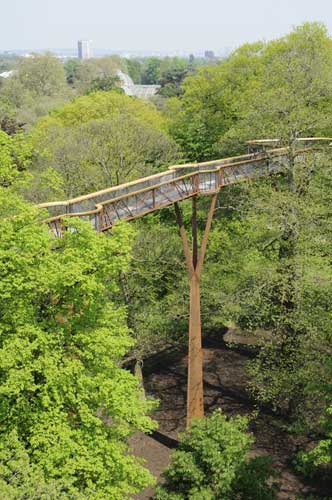
Your support helps us to tell the story
From reproductive rights to climate change to Big Tech, The Independent is on the ground when the story is developing. Whether it's investigating the financials of Elon Musk's pro-Trump PAC or producing our latest documentary, 'The A Word', which shines a light on the American women fighting for reproductive rights, we know how important it is to parse out the facts from the messaging.
At such a critical moment in US history, we need reporters on the ground. Your donation allows us to keep sending journalists to speak to both sides of the story.
The Independent is trusted by Americans across the entire political spectrum. And unlike many other quality news outlets, we choose not to lock Americans out of our reporting and analysis with paywalls. We believe quality journalism should be available to everyone, paid for by those who can afford it.
Your support makes all the difference.You can see the arch of Wembley Stadium from where I'm standing but autumn leaves still block the view to the floodlights of its less celebrated twin, Griffin Park, home to Brentford FC. Some of you will know that I'm standing on the Xstrata treetop walkway at the Royal Botanic Gardens, Kew. The structure, designed by Marks Barfield Architects (the team responsible for the London Eye), opened in May this year, and is a welcome tonic for those of us who are still in mourning because the Henry Moore exhibition, which ended earlier in the year, couldn't remain as a permanent fixture at Kew. The beauty and modesty of the new £3m structure is underlined by the fact that it starts in a thicket of sweet chestnuts planted by Capability Brown in the 1770s.
Of course, being able to share the canopy with squirrels and woodpeckers is fascinating but the understated elegance of the structure (some 400 tons of steel) will make it as popular as the Palm House for generations to come. It's as stunning from the floor as it is from the 200m long gangway that loops 18m high through the chestnuts. These support structures, not unlike cubist redwoods, blend well with the surrounding trees. Kissed with sunlight they glow like embers and the repetition of form through existing chestnuts, limes and oaks bestows a cathedral-like harmony.
For Tony Kirkham, Kew's resident arboriculturist and project manager, the treetop walkway is the embodiment of his passion for trees. Half the length of each support is buried underground, which means that just getting them into position, without damaging the root-systems of existing trees was a logistical triumph. It also means that the structure is easily strong enough to support the 3,000 or so visitors it receives every day. A lift allows wheelchair access, but the steps winding up to the canopy are comfortably wide and shallow enough to accommodate anyone with a reasonable level of fitness.
Birds such as treecreepers and nuthatches will need time to get used to the foot-traffic encroaching on their domain but visitors may be lucky enough to see a Purple Hairstreak butterfly, which favours the higher reaches of oak woodland in southern Britain. The canopy itself (which has already had a season to recover from the disturbance during the walkway's construction) will get better and better over the years, allowing visitors to immerse themselves among fresh buds of spring, glossy greens of summer and lemonade-light sparkling through the chestnuts' autumnal hues. At the base of the walkway groundcover will soon recover with bluebells and smyrnium, (characteristic of the gardens' more natural planting), spring bulbs and native grasses. The Rhizotron, at the base of the structure, is a subterranean information point that explains the symbiotic relationship between tree roots and fungal microorganisms in the soil.
It's predicted that the structure should last around 500 years and could well outlast many of the trees around it. One can only wonder what changes will be seen on the London skyline from the canopy. Assuming that climate change won't have turned the gardens into an aquatic attraction, 500 years should be more than enough time to witness (albeit with a good set of binoculars) hats being thrown into the air at Wembley when England finally get round to winning the World Cup again or even Brentford winning the FA Cup for the first time. In the meantime, if you find yourself on the treetop walk on a Saturday afternoon don't be alarmed if the chestnuts shiver and the walkway wobbles: Brentford will have just scored a blinder!
Join our commenting forum
Join thought-provoking conversations, follow other Independent readers and see their replies
Comments